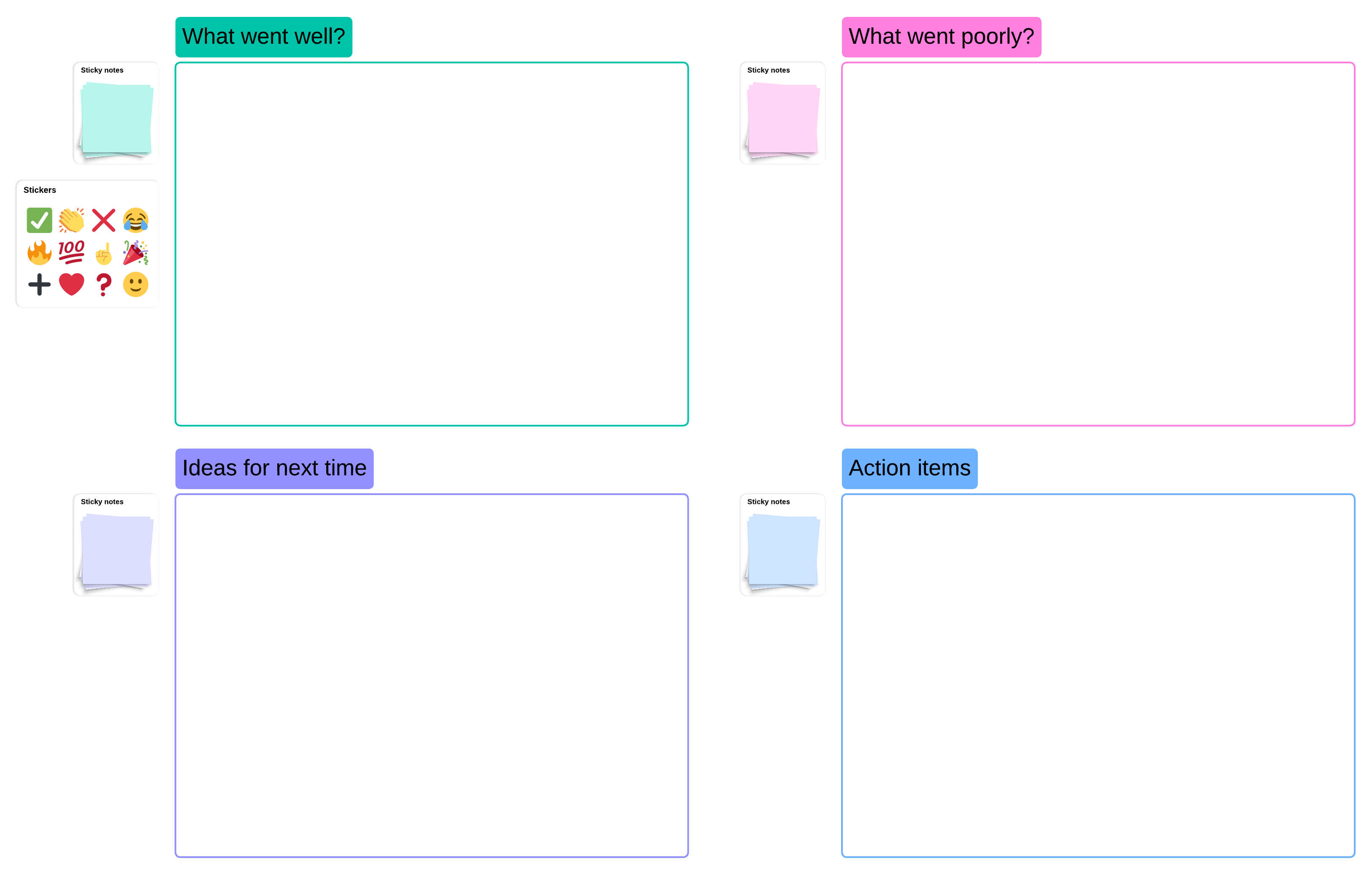Sprint planning software
Lucidspark offers online sprint planning tools that help you and your team collaborate to bring the best ideas to light. Sign up for a free trial today.
or continue with
By registering, you agree to our Terms of Service and you acknowledge that you have read and understand our Privacy Policy.
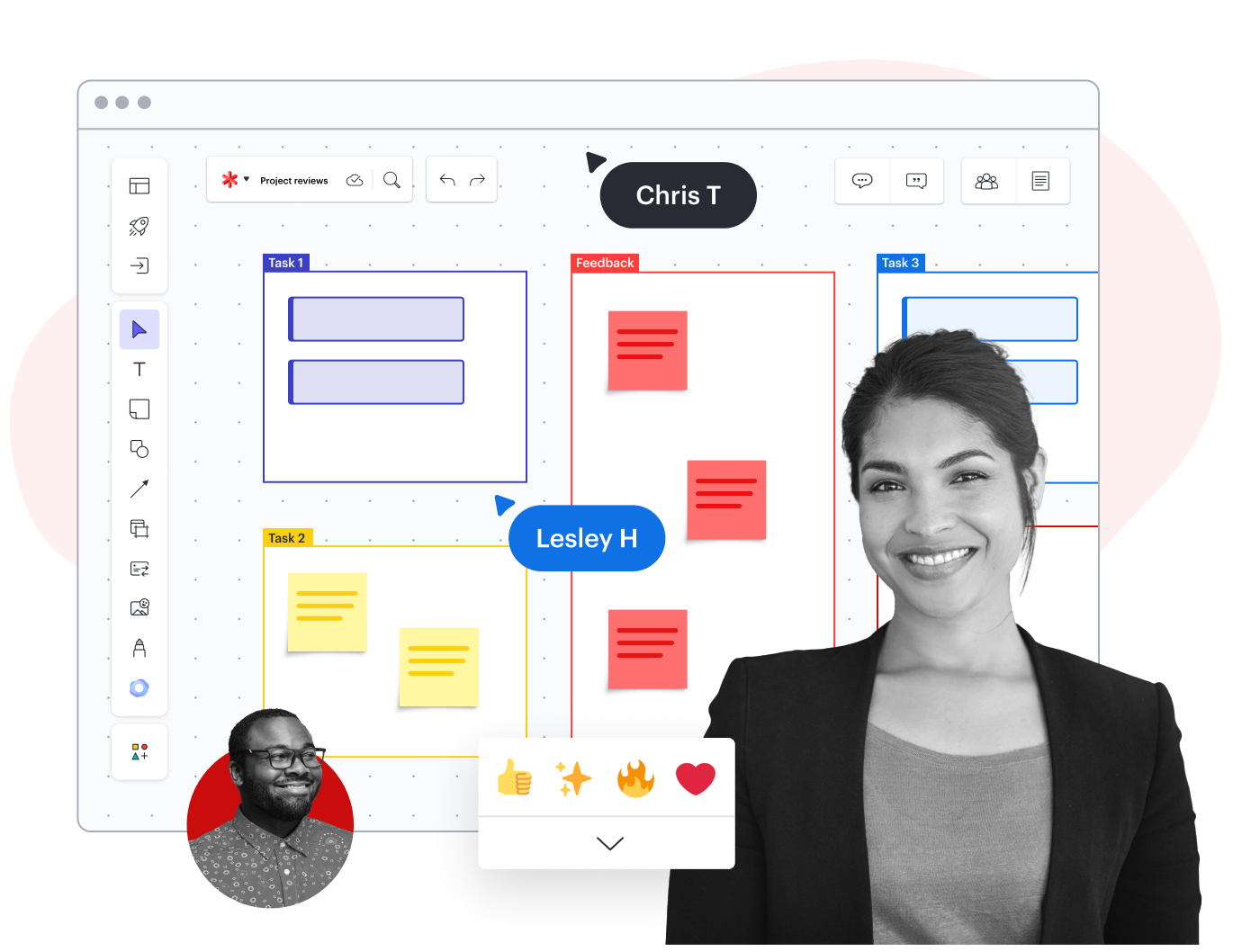
Intuitive sprint planning online
Increase focus and transparency with our online sprint planning tool.
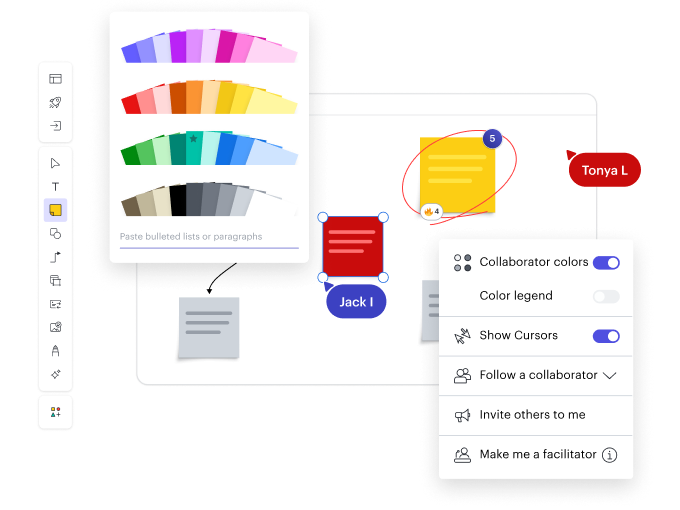
Facilitation tools
Set your sprint planning up for success with functional tools like a Note Panel to add important information, a board legend, and Collaborator Colors to organize large groups.
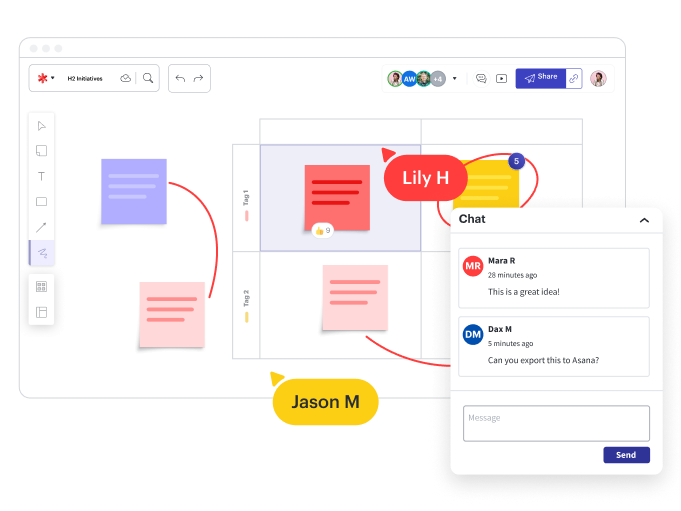
Collaboration and participation
Collaborate in real time with your team using our sprint planning software. Easily ask questions and give feedback via comments, @mentions, and in-product chat. Stay focused on large boards with the Follow functionality and use emoji reactions to let others know which ideas are your favorite.

Turn ideas into action
Take action on your best ideas with functionalities like voting, Visual Activities, and tagging. React with emojis to show support and help decide on the best path forward as a team.
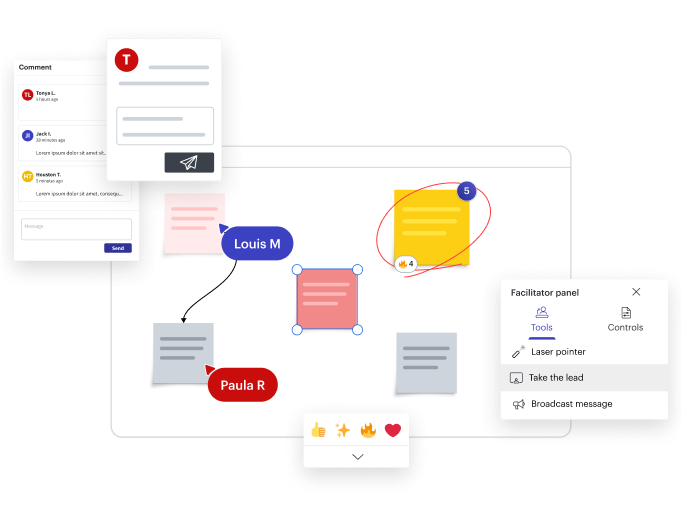
Boost alignment
Stay focused and aligned during team sprint planning. Set timers to keep the meeting on track, use Follow to keep everyone on the same page in real time, and use Presentation Mode to present seamlessly to others.
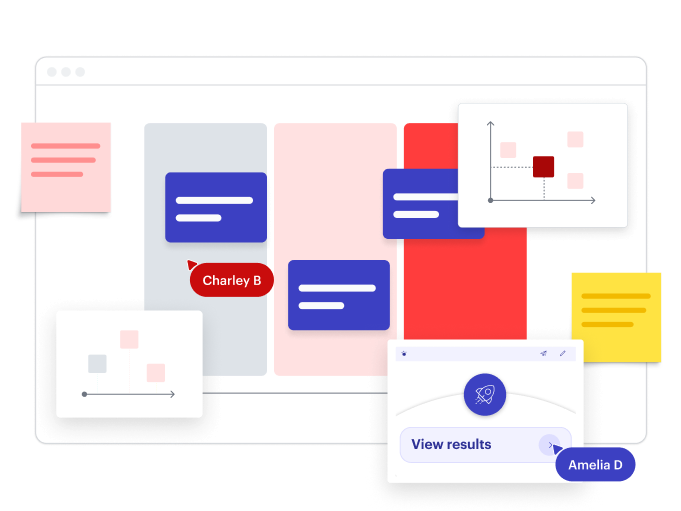
Visual Activities
Gain valuable insights for your next sprint planning session with Visual Activities. Vote on your favorite ideas, prioritize tasks, rank projects, and get a pulse on how your team is doing. From there, view and share feedback to decide on a clear path forward.
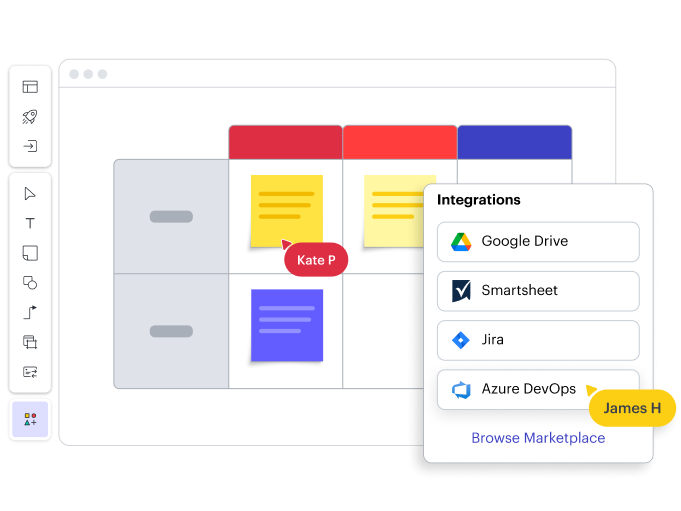
Seamless integrations
Connect your sprint planning software to your favorite apps for easy access to editing and sharing. Export your online Scrum board into Google Drive, Smartsheet, Jira, or Azure DevOps. You can also drop a link to your Scrum board into your team Slack channel or import it into Lucidchart for a collaborative working session.
Other ways to use Lucidspark
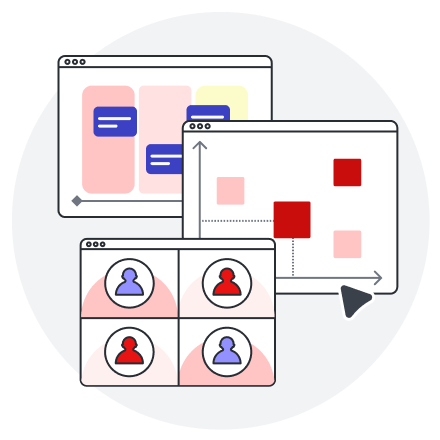
Meeting facilitation
Capture your team’s best ideas with better meeting prep and more engaging experiences. Use features such as:
- Facilitator controls
- Breakout boards
- Presentation Mode
Integrates with:



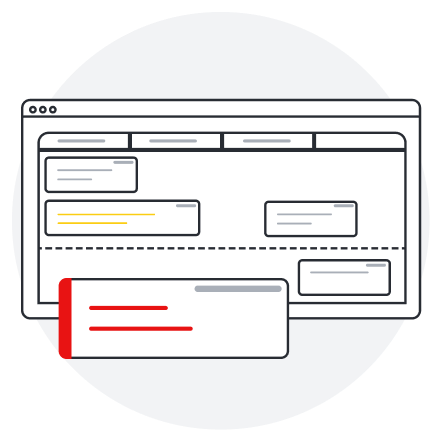
Agile development
Get everyone on the same page during standups, sprint planning, and retrospectives. Use features such as:
- Templates
- Timelines
- Lucid Cards
Integrates with:



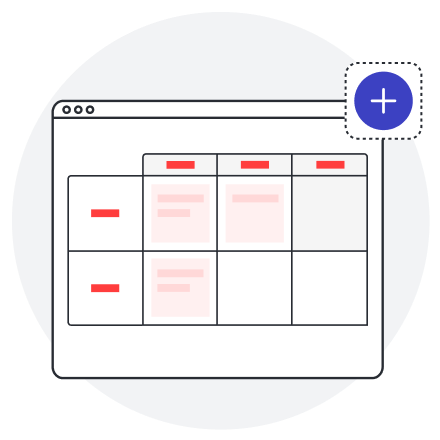
Project planning
Bring cross-functional teams together to make decisions, clarify work, and track progress. Use features such as:
- Dynamic Table
- Frames and Paths
- Meeting integrations
Integrates with:



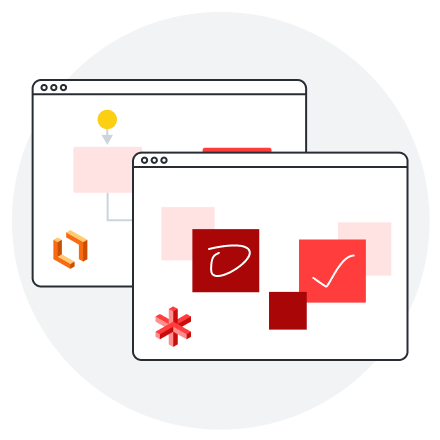
User research
Keep stakeholders aligned as you explore customer needs and map the customer journey. Use features such as:
- Guest Collaborators
- Embedded Links
- Universal canvas
Integrates with:



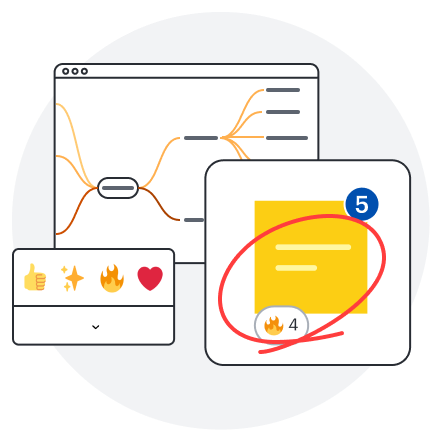
Brainstorming
Build connections and spark creativity by ideating with your team in real time or anytime. Use features such as:
- Collaborative AI
- Dynamic mind maps
- Comment, chat, react
Integrates with:



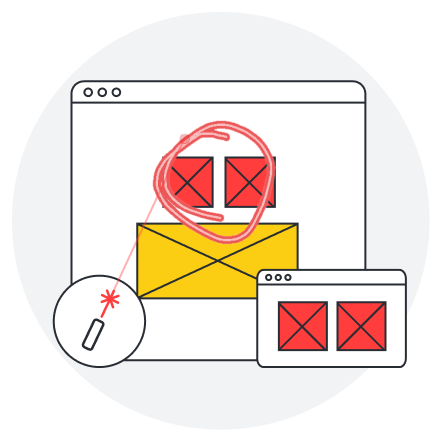
Strategic visioning
Prioritize business needs, communicate your vision, and get stakeholder buy-in. Use features such as:
- Visual Activities
- Laser pointer
- Voting sessions
Integrates with:



See how teams brainstorm and collaborate in Lucidspark.
Watch our short video and get started in minutes.
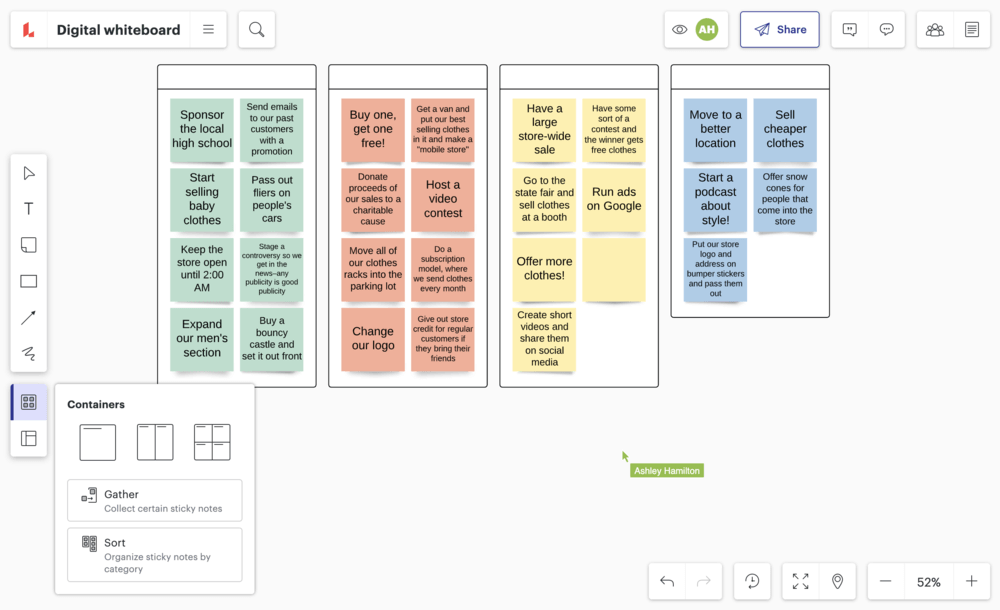
A demo of a sample Lucidspark brainstorming board is shown, with lots of active participation from the four participants across the entire board. Next, a rapid series of close ups demonstrating some Lucidspark features: Writing on a sticky note, drawing a circle around an idea, starting a 30-second timer, crossing an item off an agenda, adding emoji reactions to a sticky note, and sharing a board with collaborators in the share settings. The video then continues to demo features in line with the narrator's audio for the remainder of the video. The video ends with the Lucidspark logo and tagline Where ideas ignite.
- Learn how to set up and organize your board for success.
- Insert templates into your Lucidspark board.
- Set timers during brainstorming sessions.
- Use breakout boards with smaller groups.
- Sort and gather your team’s ideas and decide on next steps together.
See why teams choose Lucidspark
Ideate, plan, and take action faster.
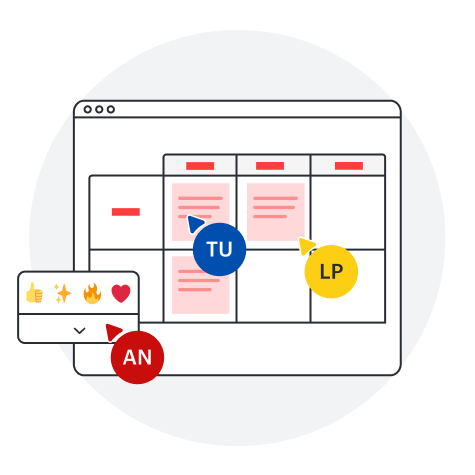
Collaboration
Facilitate more productive sprint planning sessions. Bring your team together in real time or anytime to share ideas, make decisions, and identify next steps.
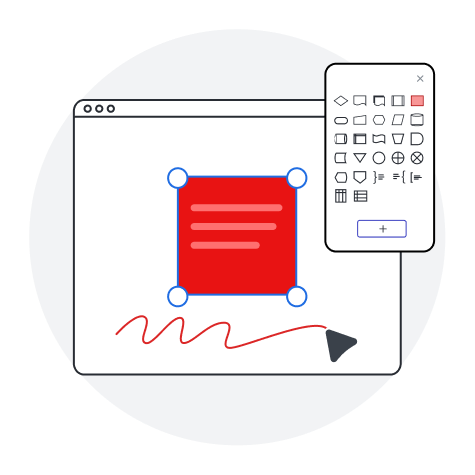
Clarity
Increase your team’s shared understanding with Lucidspark’s collaborative whiteboard. Use shapes, freehand drawing tools, and text to communicate your message clearly.
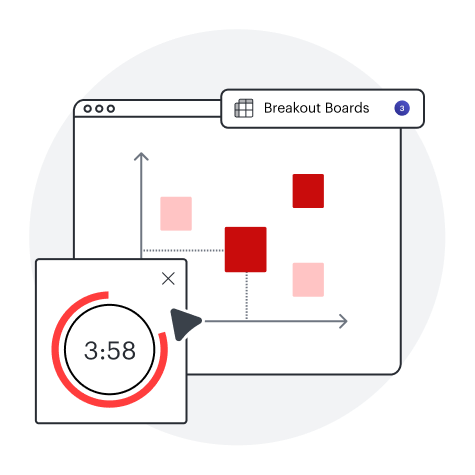
Alignment
Leverage capabilities like Visual Activities, Breakout Boards, and timed voting to gauge opinions and achieve consensus. Get aligned and make informed decisions faster.
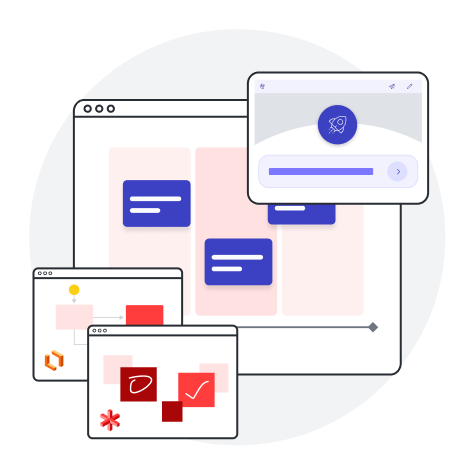
Better together
Collaborate at every stage of work with the Lucid Visual Collaboration Suite. Combine Lucidspark for virtual whiteboarding and Lucidchart for intelligent diagramming.
Set effective sprint goals
Our online sprint planning tool is ideal for Scrum teams that want to work intuitively and efficiently. Collaborative features help bring the team together in a shared space, no matter how (or where) you work. Make sprint planning online a breeze with Lucidspark.
About Lucidspark
Lucidspark is the virtual whiteboard that connects teams so they can bring their best ideas to life. One of three individually powerful, yet highly connected visual collaboration products from Lucid, Lucidspark enables real-time or asynchronous brainstorming, planning, and organization of ideas into actionable next steps.


